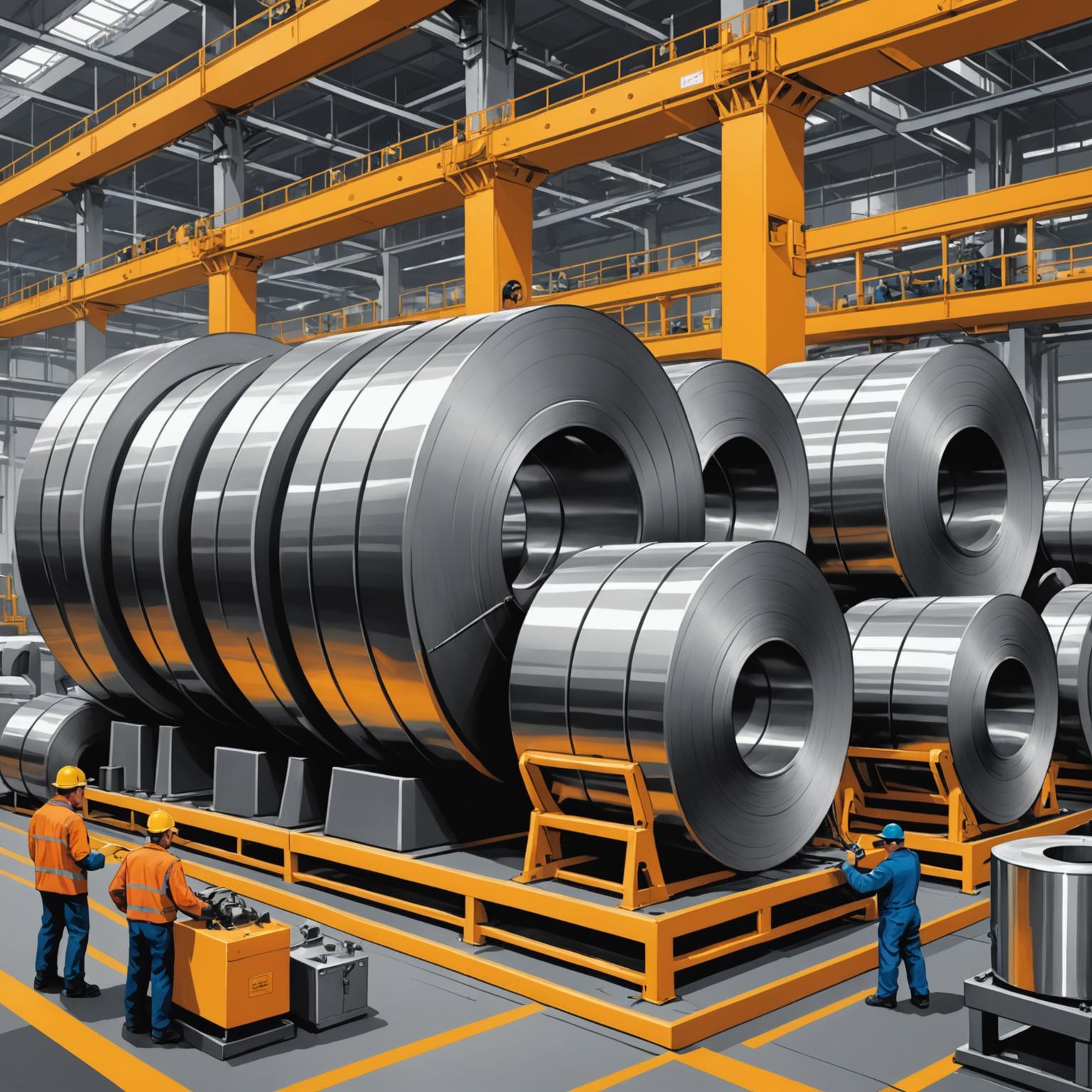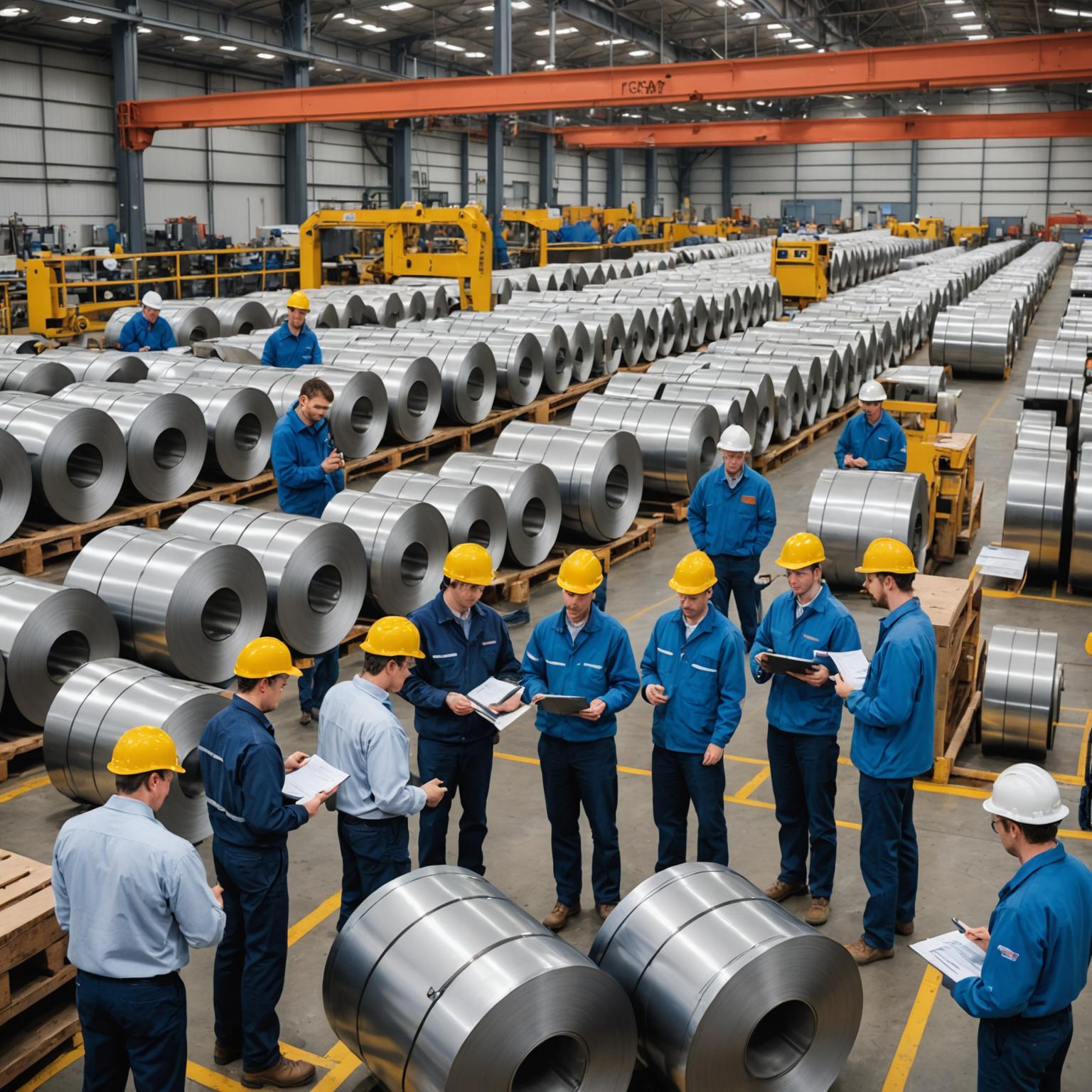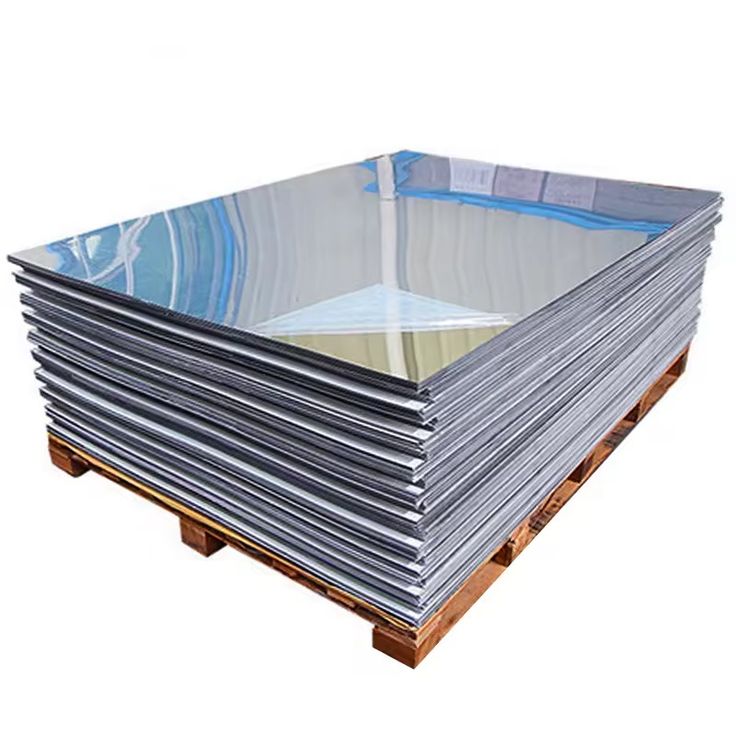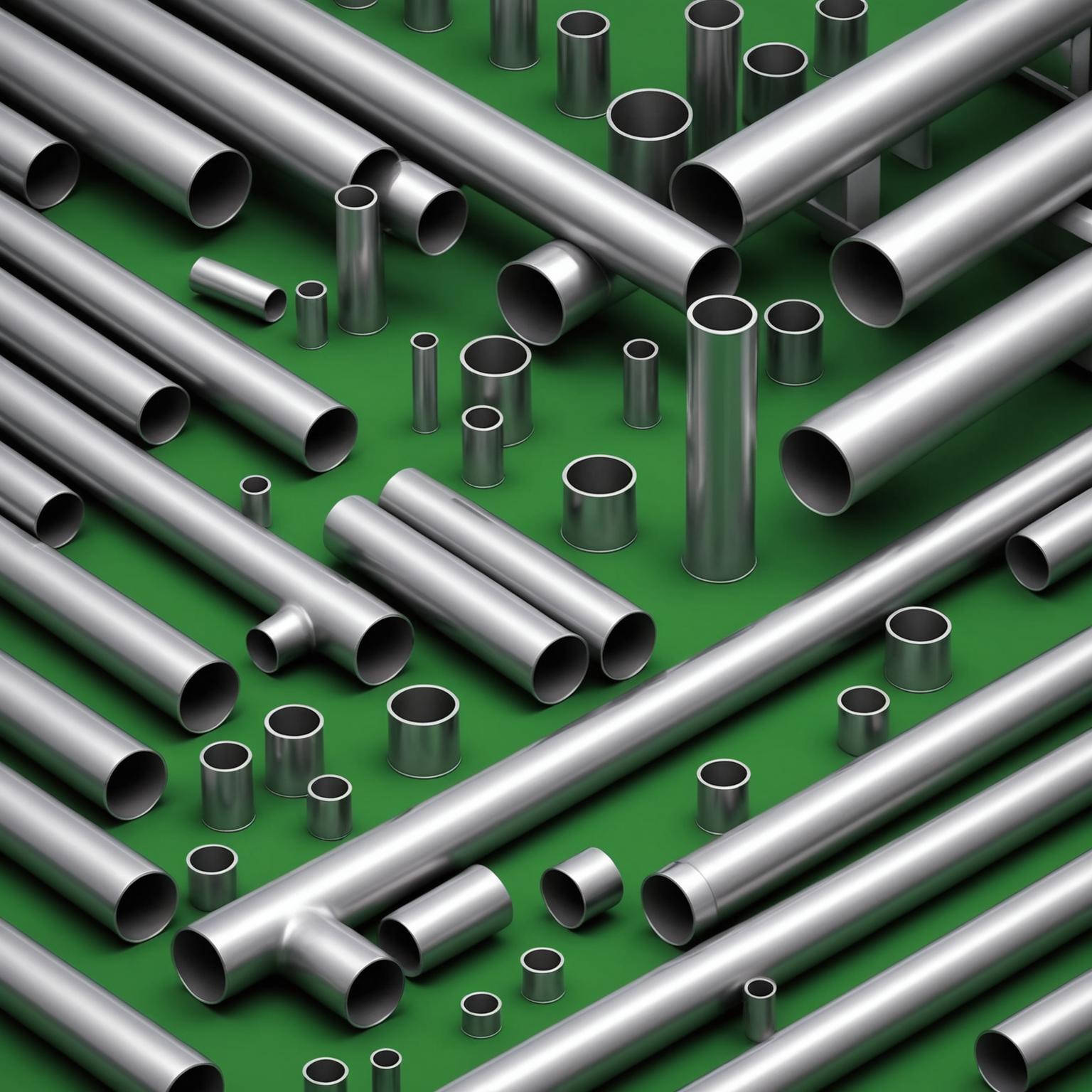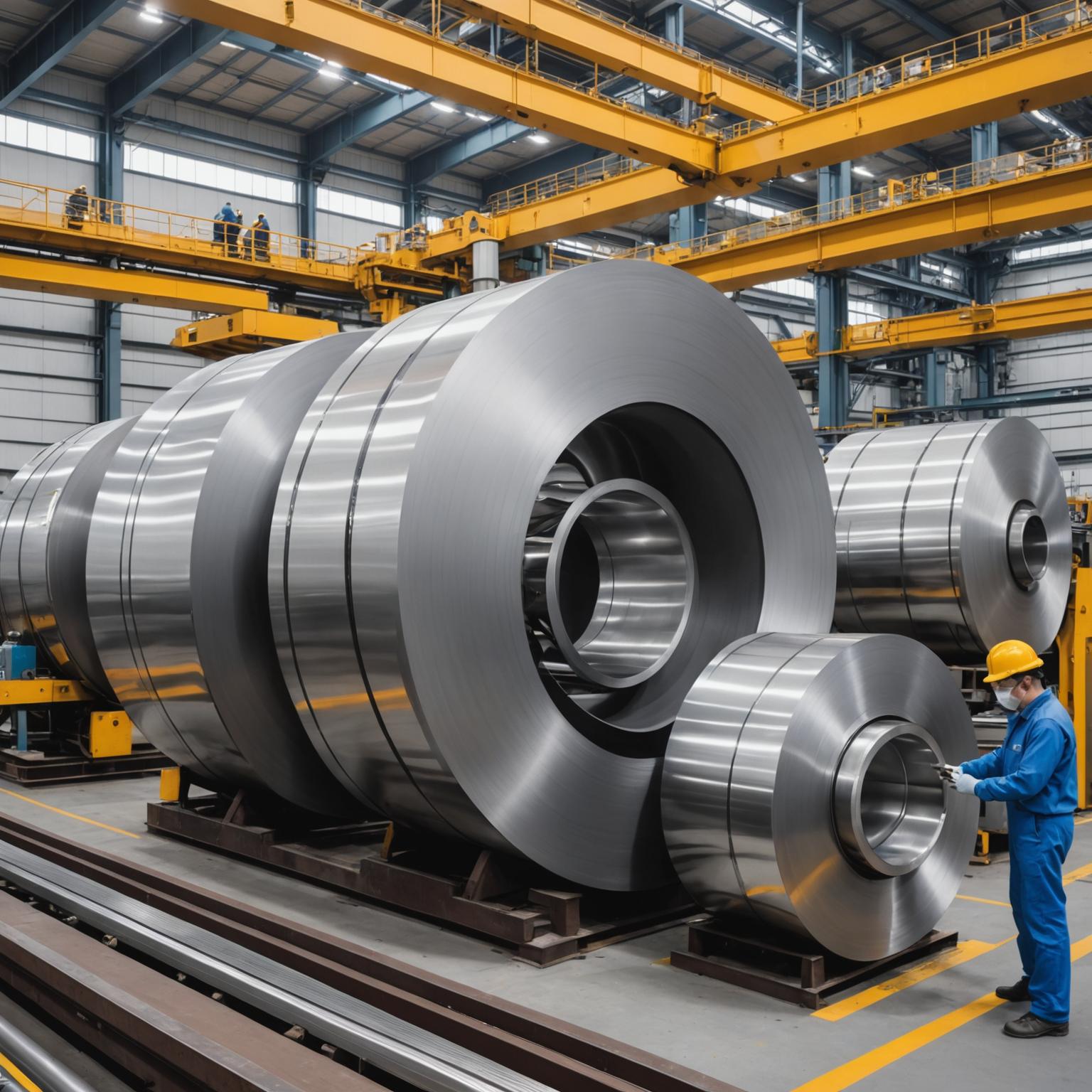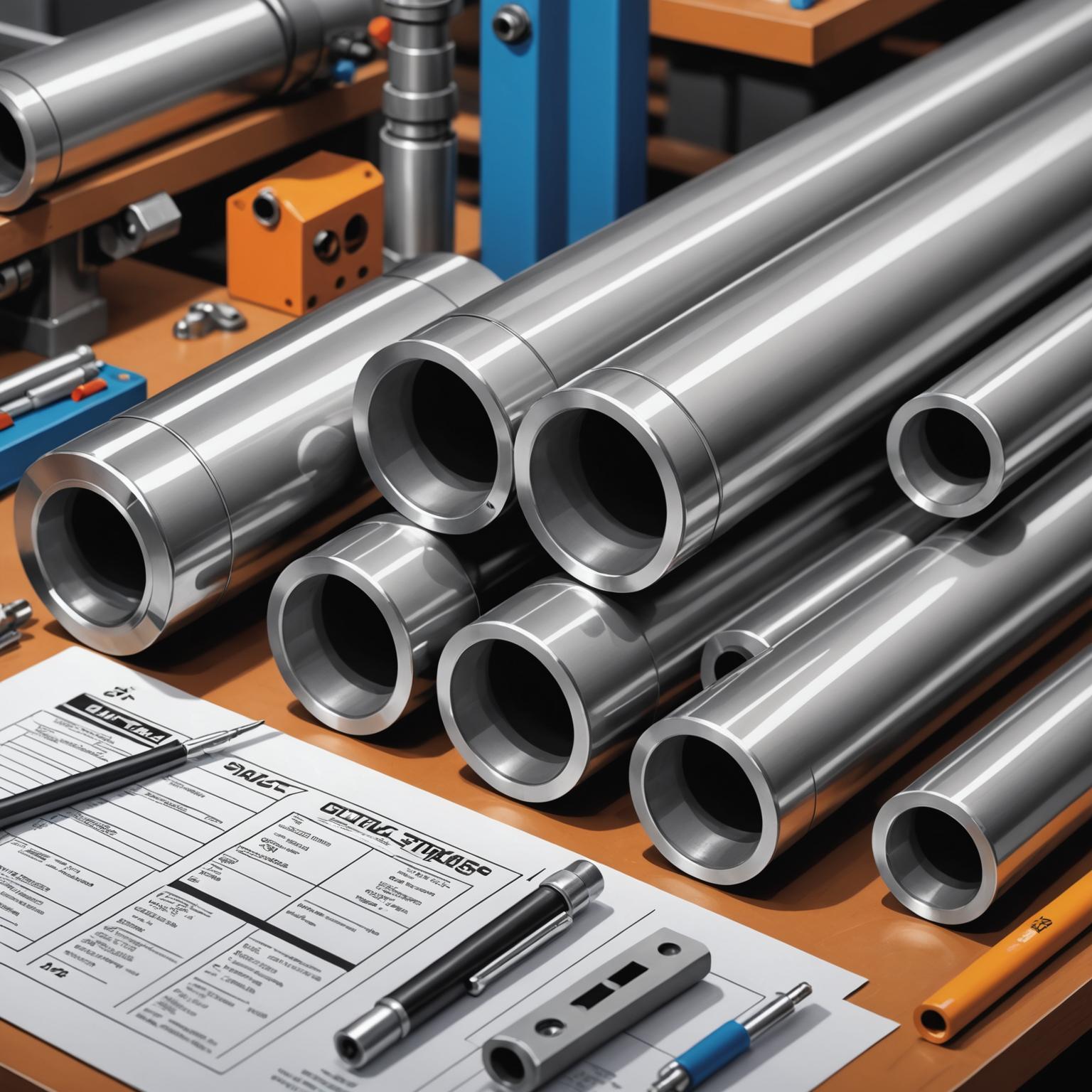In the world of modern manufacturing and construction, stainless steel is an indispensable material, valued for its strength, corrosion resistance, and longevity. However, not all stainless steel is created equal. The manufacturing process significantly impacts its final properties, performance, and ideal applications. Two of the most common production methods result in distinctly different products: hot rolled and cold rolled stainless steel. Understanding the differences between a cold rolled stainless steel coil and its hot rolled counterpart is crucial for engineers, designers, and fabricators to select the optimal material for their projects, ensuring both structural integrity and cost-effectiveness. This guide will compare and contrast these two foundational industrial materials to clarify which is best suited for specific needs.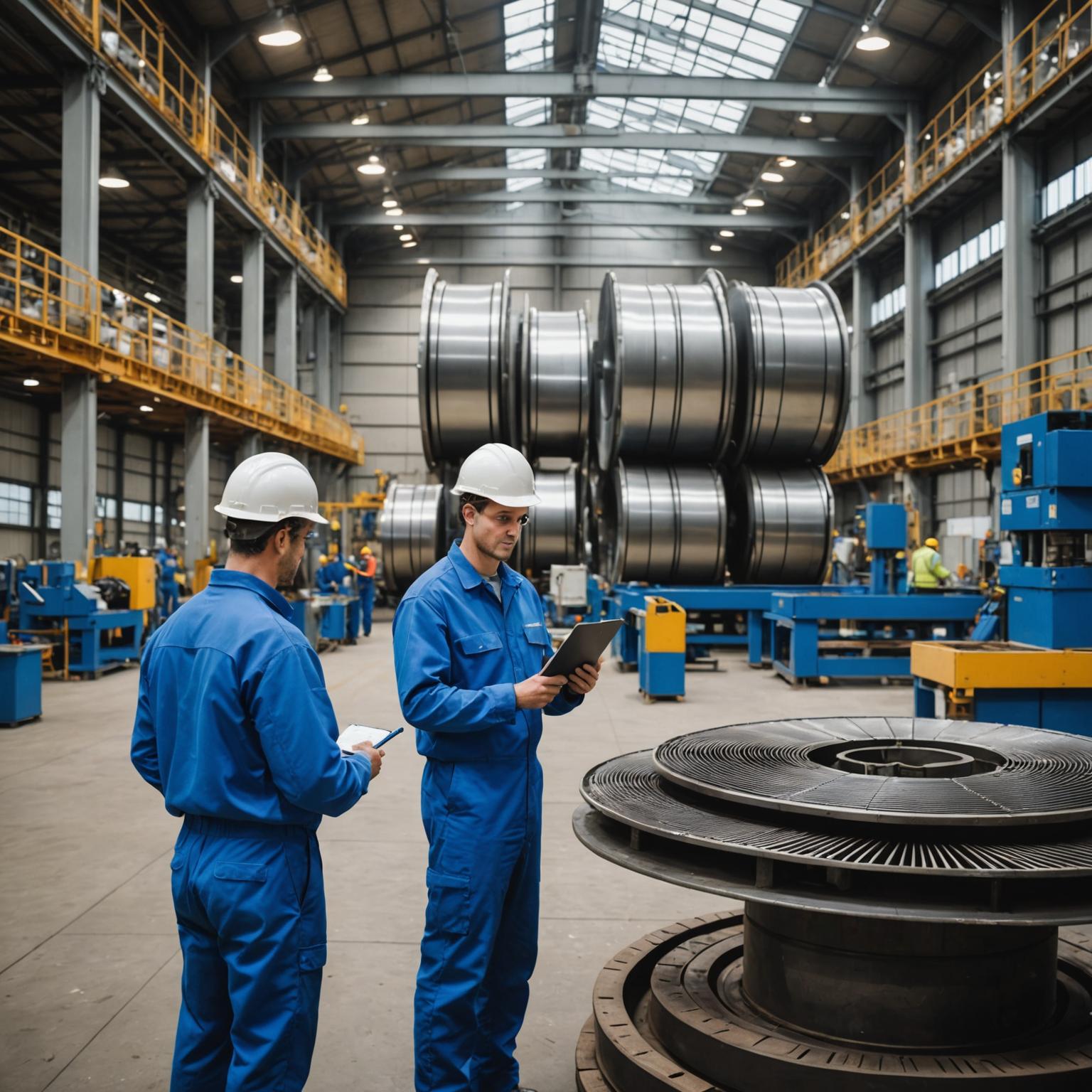
Understanding the Hot Rolled Stainless Steel Coil
The journey for most stainless steel products begins with hot rolling. The process for creating a hot rolled stainless steel coil involves heating a large slab of steel to a temperature above its recrystallization point, typically exceeding 1,700°F (926°C). At this extreme temperature, the steel becomes highly malleable and can be easily formed and shaped. It is then passed through a series of large rollers to progressively reduce its thickness and form it into a long, continuous sheet, which is then wound into a coil. As the steel cools, it shrinks slightly, making the final dimensions less precise compared to other methods. The surface of a hot rolled coil often has a scaly, slightly rough finish due to oxidation and cooling from extreme temperatures. Its edges and corners are also typically a bit rounded. Because this process is relatively simple and requires less force, it is more economical. These characteristics make hot rolled steel ideal for applications where dimensional tolerance and surface finish are not the primary concerns. It is commonly used for structural components, I-beams, railroad tracks, and agricultural equipment—applications that prioritize strength and cost over aesthetic perfection.
Exploring the Cold Rolled Stainless Steel Coil
A cold rolled stainless steel coil begins its life as a hot rolled product. After the hot rolled coil has cooled, it undergoes a further manufacturing stage known as cold reduction. This process occurs at or near room temperature. The steel is passed through a series of rollers under immense pressure, which compresses and refines the grain structure. This process, known as work hardening, significantly increases the material's strength and hardness, often by as much as 20 percent. The result is a product with a much smoother, more refined, and often oily or greasy surface finish that is far superior aesthetically. Most importantly, cold rolling allows for much tighter dimensional tolerances, meaning the thickness, width, and shape are highly consistent and accurate. The edges are sharp and well-defined. Because of the additional processing steps and the immense force required, this product is inherently more expensive to produce. Its superior finish and precision make it the perfect choice for applications where appearance and accuracy are critical, such as in automotive body parts, home appliances like refrigerators and washing machines, architectural detailing, and high-precision industrial components.
Head-to-Head: A Direct Comparison of Key Attributes
When placed side-by-side, the distinctions between the two types of coils become very clear. The most obvious difference is the surface finish; a hot rolled stainless steel coil has a rough, scaly surface, while a cold rolled coil is smooth and reflective. This directly impacts their suitability for consumer-facing products. Secondly, dimensional tolerance sets them apart. Cold rolling provides precise and uniform dimensions, which is critical for automated manufacturing and applications requiring tight fits. Hot rolling, due to shrinkage during cooling, offers looser tolerances. In terms of mechanical properties, cold rolling yields a harder and stronger material due to work hardening, whereas hot rolled steel is more formable. However, the cold-working process can introduce internal stresses into the material, which may require a secondary treatment like annealing to prevent warping or cracking later on. Finally, cost is a major differentiator. The simpler, less energy-intensive process of hot rolling makes it a more budget-friendly option for large-scale projects where finish isn't a priority.
Which Coil is Right for Your Application?
Choosing between these two materials boils down to the specific requirements of your project. You should select a hot rolled stainless steel coil if your primary needs are structural integrity on a large scale and cost-efficiency. If you are fabricating frameworks, support beams, or industrial platforms where minor imperfections in surface and dimensions will not affect performance, hot rolling provides excellent value and the necessary strength. Conversely, you should opt for a cold rolled stainless steel coil when precision, aesthetic appeal, and a superior surface finish are non-negotiable. For any application where the final product will be visible, such as in architectural panels, kitchen appliances, or automotive exteriors, the smooth and consistent surface of cold rolled steel is essential. It is also the only choice when components must meet strict dimensional specifications to fit within complex assemblies, ensuring seamless integration and flawless performance.
Conclusion: A Tale of Two Coils
In summary, neither rolling process is inherently superior; they are simply engineered for different purposes. Hot rolling delivers a cost-effective, strong, and durable material suitable for heavy-duty structural applications where aesthetics take a backseat. Cold rolling refines the steel further, producing a visually appealing, highly precise, and stronger product ideal for technical and consumer-facing applications. By understanding the fundamental trade-offs between surface quality, dimensional accuracy, mechanical properties, and cost, you can confidently select the right stainless steel coil. This informed decision is the cornerstone of successful engineering, ensuring that every project benefits from a material perfectly matched to its function, environment, and budget.



